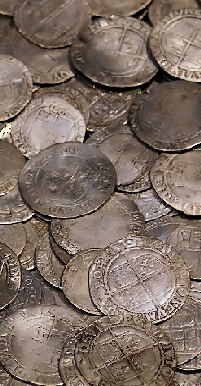
● Next Meeting Status:
Cancelled

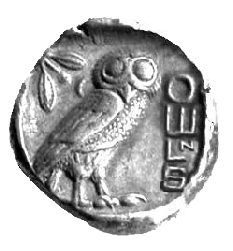

● Host Society for the
BANS 2011 Congress
held in Southport


The British Association Of Numismatic Societies
2011 Congress
Southport -
Southport does not have a long history reaching back into the mists of time. It is most unlikely that the Romans ever built their seaside villas here; the Vikings passed through on their way inland, and nowt but fisherfolk actually settled on the sands until relatively recent times.
Modern Southport owes its rapid development to a Duke. Not a member of the aristocracy, but ‘The Mad Duke’ or ‘The Old Duke’ William Sutton!

The Origin and History of Southport
The town began in 1792 when William Sutton opened a hotel, built on a site which is nowadays at the junction of Lord Street and Duke Street. It was in this area that the first houses in Southport were built, and from this time, groups of dwellings arose between Birkdale in the south and Churchtown in the north. One of these groups became known as 'South Hawes'.
The present name first appeared as 'South-
We could say that Southport is the Paris of the North, but it would be more accurate
to describe Paris as the Southport of the South! It's a little known fact that Prince
Louis Napoléon (Louis-
Meanwhile, back at home, a rail service became available from Liverpool to Southport in July 1848, visitors having previously travelled by canal and road. Then, from 1853, people could travel by train to the resort from Manchester,via Wigan, and the lovely seaside town attracted thousands of workers from the Lancashire mill towns.
The Victorian era has left the town with a glorious legacy -
Today, Southport has developed into a large town with a constellation of smaller villages such as Birkdale, Ainsdale, Hillside and Churchtown. Over recent years, many millions of pounds have been spent in renovating, restoring and improving the town’s appearance and facilities, and not for nothing is it now known as ‘England’s Classic Resort!
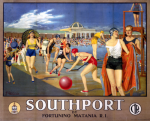
Fortunino Matania’s posters for the Cheshire Lines Railway in the 1930s highlighted the fashionable and modern image of the resort.

Southport Today
Southport is not some kind of faded resort, trading on past glories. It is a thriving, modern town which seeks to include the best of the past with the best of today.
No sea-
There is often a conflict between the demands of man and the demands of nature, but
the Marine Lake is a man-
The natural world is not neglected, however, as the marshlands to the north east of Southport form one of the largest habitats for migratory and water birds in the whole of the UK. Not far from Southport is Martin Mere, which forms one of the principal properties of the Wildfowl and Wetlands Trust. Martin Mere Wetland Centre is home to over 100 species of rare and endangered ducks, geese, swans, flamingos...and otters and beavers!
Southport, and Formby to the south, also form one of the few remaining habitats of the native red squirrel, and the extremely rare natterjack toad.
There is a thriving social and cultural scene in Southport, too. We are fortunate to have no fewer than three theatres: the Little Theatre offers a varied programme of entertainment from local amateur theatrical companies; the Arts Centre features professional theatrical and musical events, and the Southport Theatre, part of the newly refurbished Conference Centre, offers a wide range from Pantomime at the Christmas Season, through comedy, and ‘shows.’
Cinema is catered for by the new multiscreen at Ocean Plaza, on the waterfront, adjoined by various restaurants, and tenpin bowling lanes.
Being an area designed for visitors, Southport has a number of really excellent restaurants, catering for many different tastes and cuisines, from mainstream British and European, to Arab, Indian, and Asian.
But no mention of Southport would be complete without a certain four-
And now, of course, another four-
Hover your cursor on the image to see it in full detail
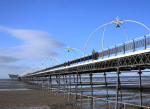
The newest, the oldest, and the second longest iron pier in the United Kingdom

London Square and the War Memorial, the centre of Lord Street. Click HERE to learn more about what Lord Street has to offer!
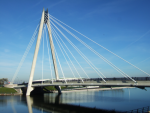
The Marine Way Bridge was opened in 2004. The bold, modern, design was adopted in preference to a reconstruction of the previous Victorian cast iron bridge which had to be replaced.

Click HERE to visit
Martin Mere
Click HERE to go to
Visit Southport

Congress Pages
